A 'smart' radio knows which radio frequencies are vacant, temporarily unoccupied, or occupied and acutely bounces from one to the other providing seamless, efficient communication for Soldiers in the battlefield. It is defined by its software, and is also known as a cognitive radio. But, how did it get its 'smarts'' How does it know what frequencies are open and what policy constraints exist in any given operational environment'
Engineers with the Communications-Electronics Research, Development and Engineering Center have been developing key technologies to answer these questions. Specifically, they have focused on solving the problems that arise when managing spectrum, which is the range of frequencies used in radio communications.
The challenge of managing spectrum to ease communications in operational environments has recently come to the forefront of Army communications. With the inundation of commercial wireless products and the variety of communication devices used by deployed military personnel, spectrum is in high demand, with finite supply.
According to Alan Scrime, branch chief of CERDEC's Spectrum Analysis and Management Branch, Improvised Explosive Devices and Unmanned Aerial Vehicles also crowd spectrum in addition to the radios and commercial wireless devices. "We've got more jammers than we've ever had before to help stem the IED threat. We're using more unmanned vehicles, particularly UAV's and they're very costly and very valuable to us, but if we don't have enough spectrum to operate we can't fly them. That coupled with all the modern communications gear that's more and more wireless gear," Scrime said.
Recognizing the number of systems that use spectrum and the amount of spectrum available to them, calls for a need to understand the operational environment and a need to understand that environment's policy requirements to use spectrum.
One technology, the Coalition Joint Spectrum Management Planning Tool, is software that maps out a mission plan, taking into account the spectrum resources of the force structure, background emitters in the area of interest, and the terrain and propagation of the operational environment. The other, RF Adaptive Technologies Integrated with Communications and Location (RADICAL), is a technology program that aims to create software to automate policy regulations for using spectrum in any given environment.
By looking at the physical aspects of an operational environment, taking into account topography and mission requirements, CJSMPT helps to take the guess work out of determining available radio frequencies. Depending on the unit in a given environment, the kinds of radios, and spectrum requirements, the software user maps out the unit locations and movement, and the software creates a frequency proposal that satisfies the mission requirements.
The implementation of CJSMPT aims to help ease the management and assignment of spectrum by leveraging existing modeling and simulation capabilities in an automated planning tool, explained Frank Loso, CJSMPT program manager.
"CJ, is really the first time that a software planning tool will be available, which supports all phases of spectrum operations from the highest level, which is determining what your spectrum requirements are when you deploy to a new area of operations, all the way down to the lowest level of the process, which is identifying and trouble-shooting interference problems. It ties together all of the steps in that process and provides automated capabilities to assist the spectrum manager in doing his job," Loso said.
In 2010, CJSMPT will become a program of record under a bigger program managed by the Defense Information Systems Agency called the Global Electromagnetic Spectrum Information System, a project that seeks to bring interoperability among the various spectrum management tools and capabilities being used in a given environment.
In the fall, CERDEC's partner, Product Director, Network Operations Current Force, will begin deploying CJSMPT to the United States European Command and the United States Central Command. CERDEC is currently in the final stages of development and testing of the CJSMPT software, which is expected to be completed by the end of August.
So far, Loso and his team have seen good success in their most recent testing, particularly at their Joint Military Utility Assessment, which was done by the Joint Interoperability Test Command in Fort Huachuca and had participating subject matter experts from all four military services.
"In that evaluation the software was shown to have military utility but there were some bugs and some functional enhancements that were deemed to be beneficial to get fixed or addressed before deployment," Loso said.
After incorporating the high priority software changes, Loso and his team will complete one more test to verify that the changes they have made have been implemented according to plan before passing the technology to PD NetOps, who will then deploy the technology before the end of the year.
"Right now, the schedule that we're working towards, NetOps is planning on starting the initial deployment of CJ in theater some time in October," Loso said.
For Loso, the deployment of the project is exciting because of its utility in the battlefield.
"A lot of times we work on stuff here that has an indirect benefit but it's exciting to work on something that you know is going to go out there and help people," Loso said.
The obvious benefit of CJSMPT is in its fielding but there are additional ways the project will aid Warfighters, particularly for CERDEC engineers, who can leverage some of the technology's core capabilities for RADICAL.
One of the technologies developed under RADICAL is the policy generation tool, which aims to support the deployment and operations of Dynamic Spectrum Access-enabled radios by automating spectrum policy generation using ontology and intelligent reasoning capabilities.
DSA technology allows users of most modern radio devices to take advantage of under utilized spectrum by dynamically sensing and adapting to the radio frequency environment. The tenant of DSA is to ensure the operation of DSA-enabled devices without causing interference with the primary users.
Currently, determining available frequencies for use in an environment is done by a manual process, using regulatory policies and requirements set by the FCC or National Telecommunications and Information Administration. This spectrum management process does not support deployment of DSA-enabled radios and limits the availability of frequencies Soldiers can access in the battlefield.
According to Kwai Chan, RADICAL Army Technology Objective Manager, RADICAL's DSA policy generation tool will provide the "do's and don'ts" of operating these radios when applying the DSA capabilities in the battlefield.
"Let's say you are going to a deployment with a lot of coalition partners and operating at the same time. This is a very densely populated area and you run into interference very easily and what's available to you would be limited because there are so many people in that area," Chan said. "DSA would allow you to listen to what frequency is available, use it and vacate that frequency when the primary user comes back."
The act of "borrowing" or "harvesting" underutilized frequency is one of the key components of RADICAL that Chan and his team aim to address with their current work on a policy generation tool.
The first step is to accomplish such a task, Chan says, is to create an ontology of all of these requirements and additional information such as performance and co-existence requirements.
"An ontology," Chan explained, "is the framework to establish relationships between the different requirements. So, once we have these requirements captured in an ontology, we can feed the information along with other considerations such as mission needs, through the policy generation engine."
Chan is also leveraging existing work done by the Defense Advanced Research Projects Agency's on a policy generation engine.
"They have an initial engine that they put together, but because we are expanding the ontology, we also need to expand the capability of that engine. So, under RADICAL, we are building an extension to the policy engine," Chan said.
According to Chan, the ontology and policy engine extension are two key components in the development of the DSA policy generation tool.
The next step is to translate these spectrum operating policy statements into a set of parameters that can be interpreted by DSA-enabled radios.
Once Chan and his team have established their ontology and the engine's needed capability, they will have a sample policy that they will test and evaluate to ensure the engine is properly developed and doesn't contradict the policy statement.
RADICAL is scheduled to be completed in 2012 and will give Soldiers in operational environments the capability to use underutilized available spectrum in a specific area within the outlined policy constraints.
"It's important in the sense that it allows them to communicate when the resources that are allocated to them are not available, and in this case the resource is spectrum," Chan said.
Both CJSMPT and RADICAL help create a radio that can better manage spectrum. RADICAL gives the radio parameters to work within to help prevent interference and jamming while CJSMPT will aid the GEMSIS program in picking specific frequencies to operate in. Both technologies are innovative approaches to aid in managing spectrum to help "smarten" radios and ease communications for deployed Warfighters.
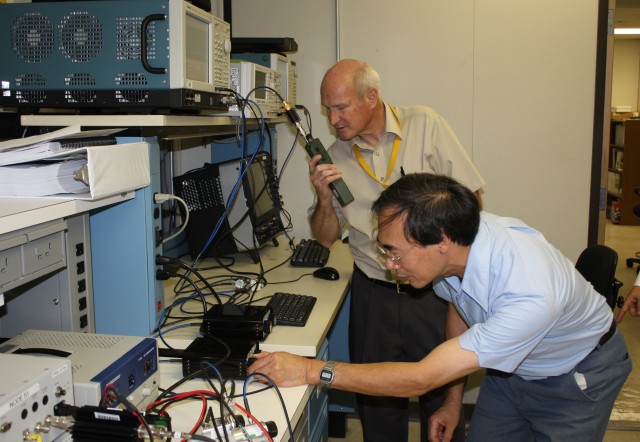
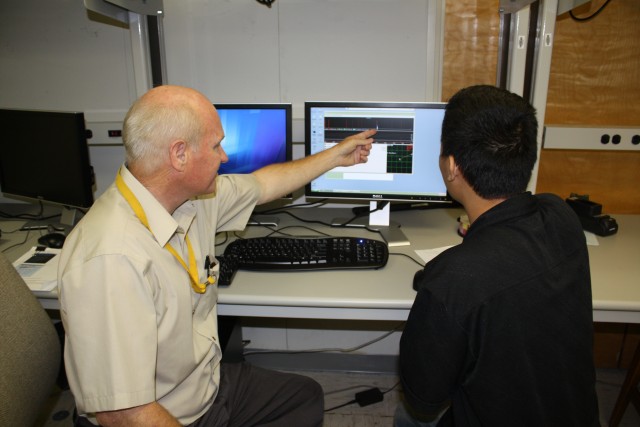

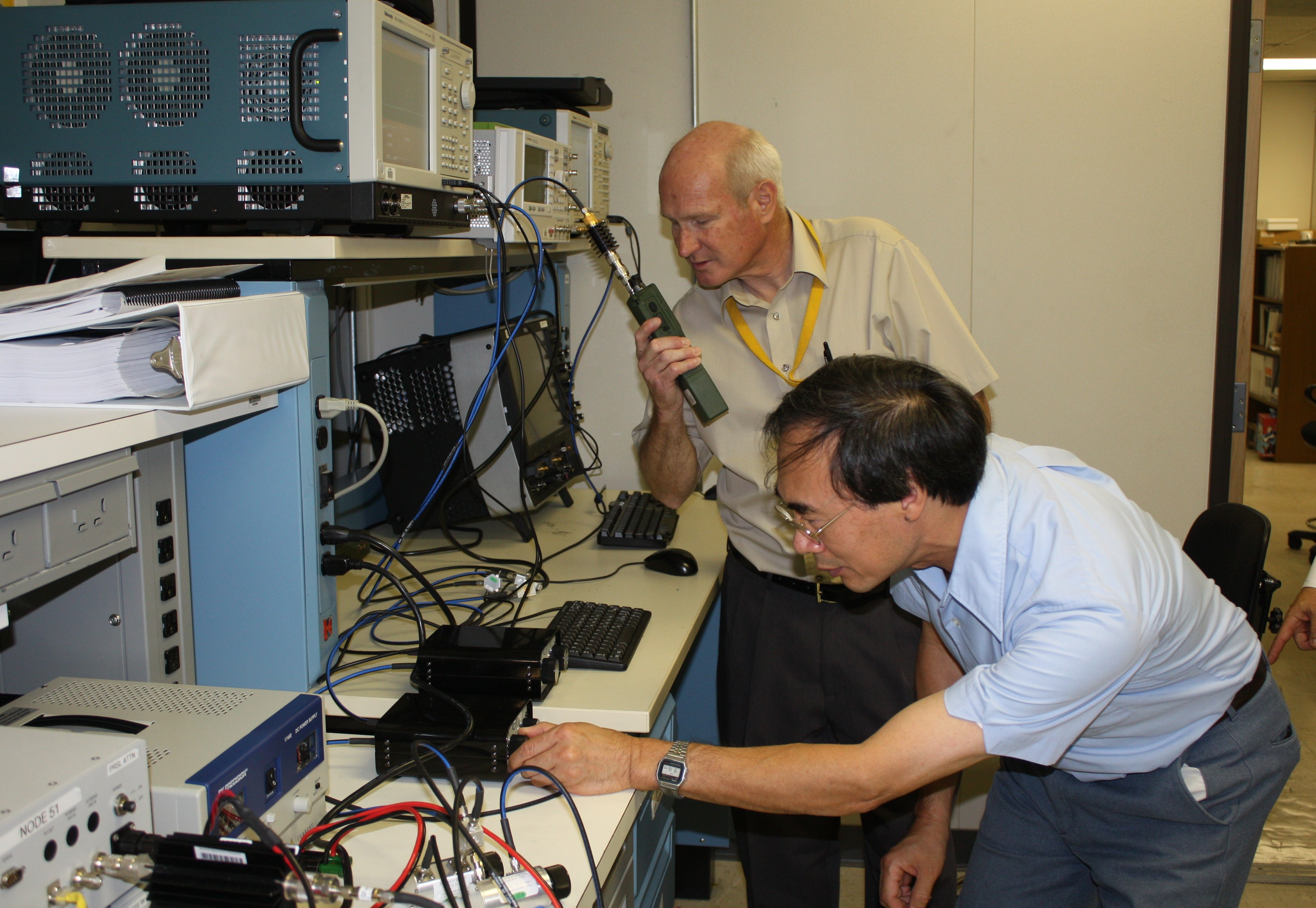
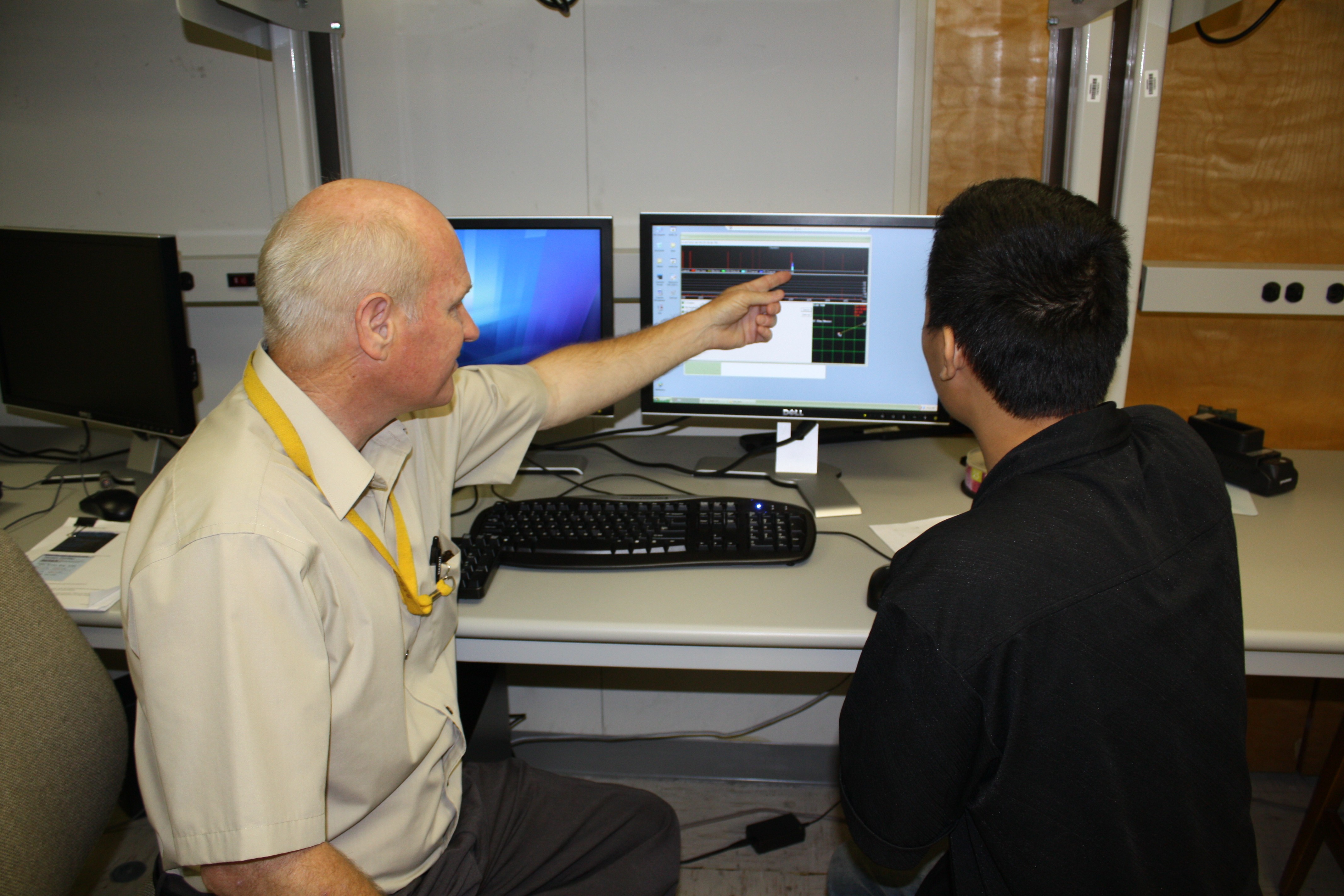
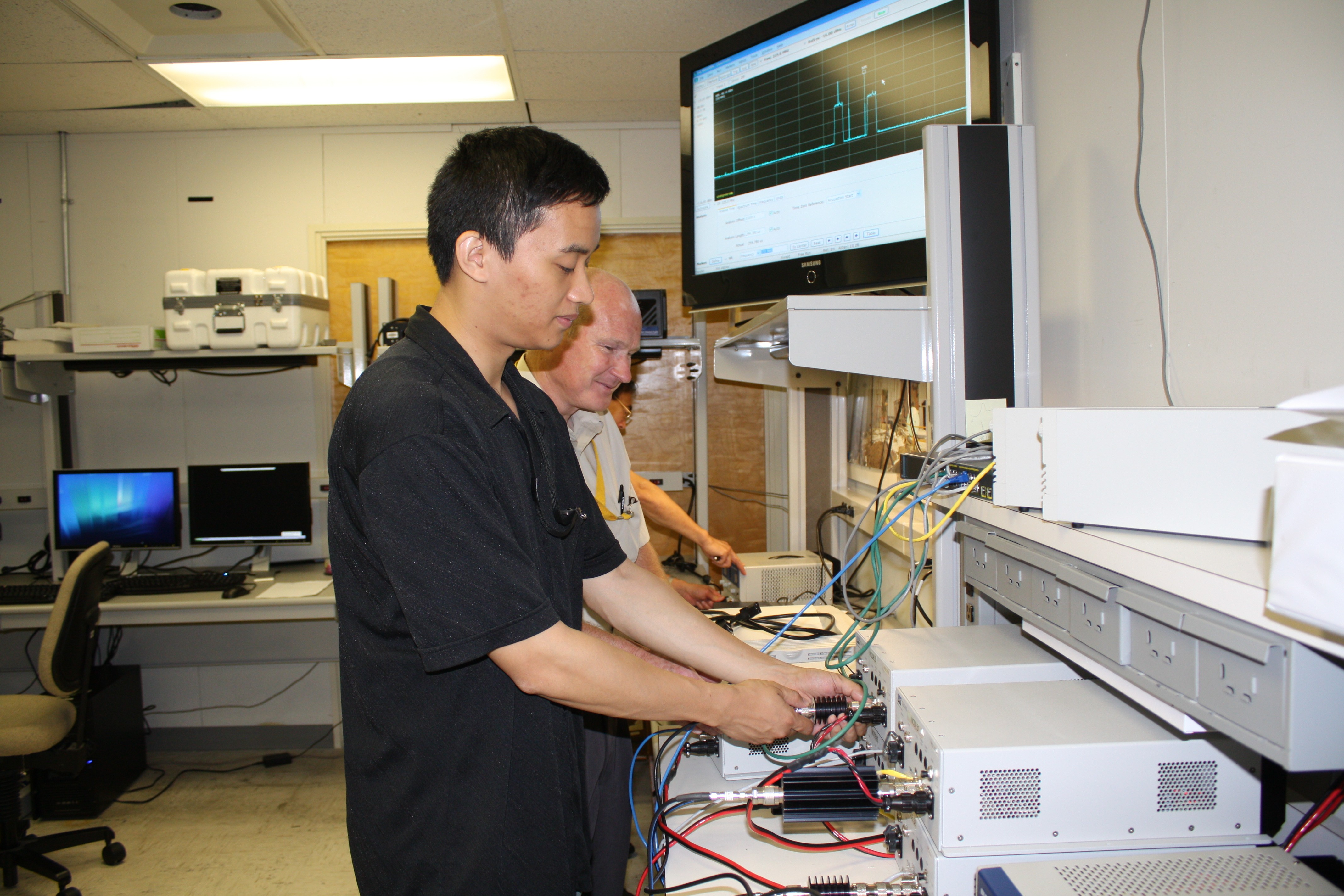
Social Sharing